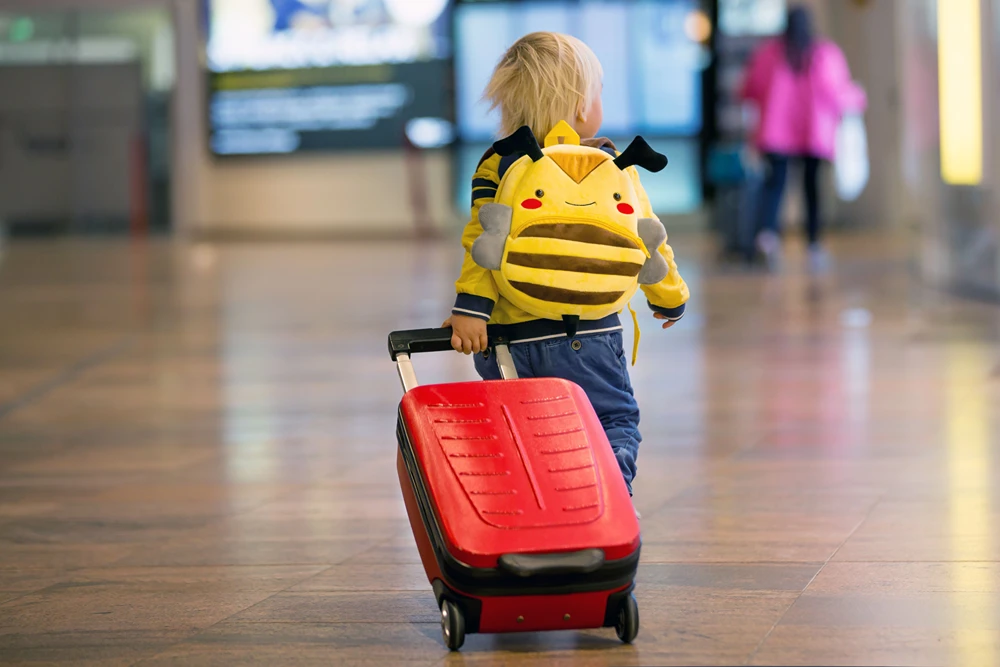Ensuring Your Baby’s Safety in the Digital Age: The Importance of Online Security for Parents
Your baby’s safety is no longer confined to just the physical environment. In these times, as technology advances, ensuring your child’s safety online is equally important. From managing screen time to safeguarding personal information, the digital age has introduced a new layer of parental responsibility.
Making informed choices when purchasing baby products can complement a secure home environment, helping you create a space—both physical and digital—where your baby can thrive safely.
Understanding the Risks of the Digital Age
The digital world gives parents and their children access to valuable resources simultaneously. Among the dangers facing children on the internet are cyberbullying, inappropriate content, and predators. Babies may not use the internet, but they still encounter possible digital dangers from being given mobile devices, videos, and toys. As a parent, your main goal is to protect your children from risks that can appear online.
Parents today should make the most of technology when it comes to protecting their children in the online world. Using devices with babies and toddlers is challenging, as they come across infant videos and child-oriented applications. Learning activities on the internet can expose your child to inappropriate things, ads, and pop-ups.
The Establishment of Digital Limits for Your Baby
Setting up clear digital rules from the start is a strong way to keep your baby safe online. Those using parental controls should know how each tool works to use them properly. Applying child-friendly modes, blocking apps you do not want your child to access, and ensuring safe browsing are essential ways to protect your child online.
Your baby should use electronic devices only up to a certain amount while developing. According to experts, children under two should only watch videos on screen when talking to someone online. Parents should ensure their children over two use screens in small amounts and spend time on other activities. Parents need to ensure that the videos their children watch fit their age bracket. Online streaming platforms have special sections for children that air educational programs that are safe for them.
The Selection of Safe Products Becomes Essential for Your Baby
Parents should pay attention to the safety of digital and physical products when getting baby products. Children’s product safety is not given the same attention as quality, as most parents only focus on how safe a product is when making a purchase. Good baby items should provide safety and comfort, which parents should try to find when buying. When choosing baby products, look for good functions and strong protection features that suit your child well.
Strong frames, safety harnesses, and sun protection systems are important features to look for in a baby pram. Having a safe pram helps parents feel comfortable, freeing them to focus on other parenting matters.

The Role of Education and Awareness
In addition to selecting good technology, parents should educate themselves in online child protection. You should keep updated on new digital child protection, including programs and apps for keeping your child safe online. Many websites and parenting blogs share up-to-date advice on keeping children safe online.
Parents should educate themselves and also lead by example when using technology. Your child will notice your actions with technology as they get older. Showing your children how to handle online strangers and what not to share will help them stay safe as they mature.
Conclusion
Parents today must look after their babies in both digital and physical areas. You can protect your baby healthy at home and safe online by deciding on the right limits, finding the best products, and guiding your child on how to stay safe online. Setting up appropriate rules helps parents use technology safely with their kids.











